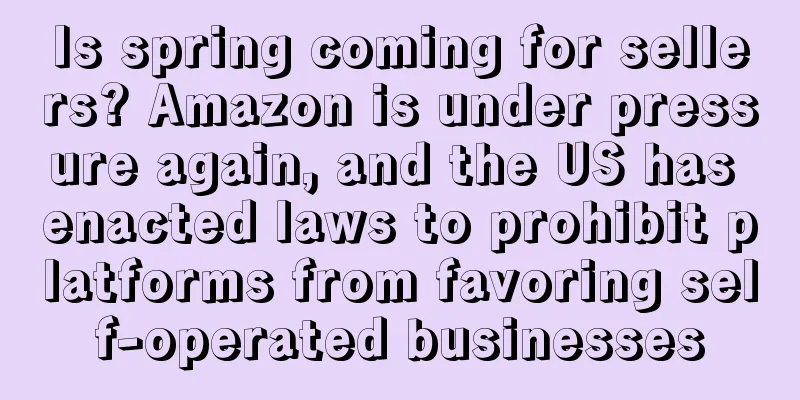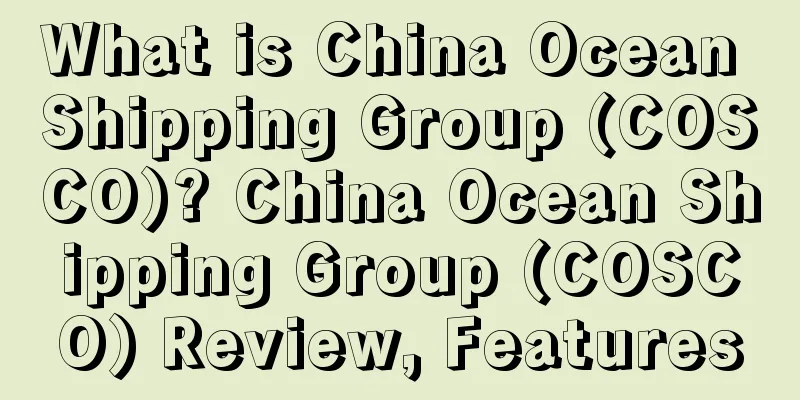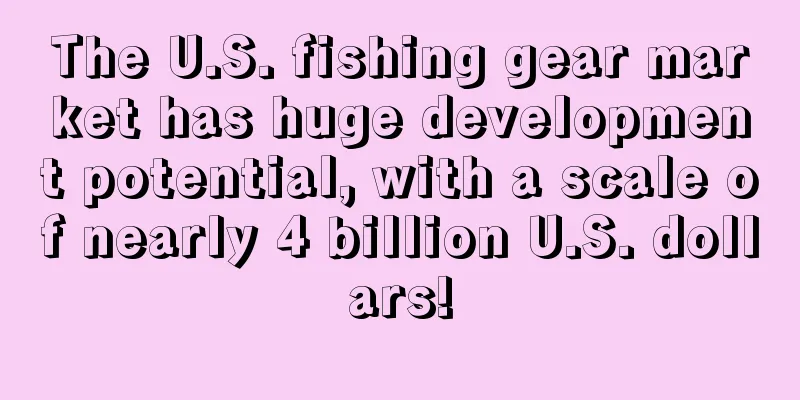Another fee item is about to take effect!

|
Some time ago, the implementation of the warehouse configuration fee caused a stir in the seller circle. Under the impact of this wave of charges, some sellers were directly hit. But you should know that Amazon’s increased revenue is not limited to this one. The next policy that will take effect will undoubtedly put sellers in the hot spot again.
Amazon's new fee program is about to take effect
The pain of warehousing configuration fees has not yet eased, and the return processing fees are here again.
According to Amazon's announcement, starting from June this year, a return processing fee will be charged for products with high return rates in all categories other than clothing and footwear.
There is nothing wrong with charging fees to solve the operating costs of returns, but it is a big challenge for sellers. In the first quarter of last year, warning symbols and Frequently returned item labels appeared on some products on Amazon's front page to help consumers make more informed purchasing decisions.
However, some sellers have lost a lot of orders because of this. The emergence of high return rate labels affects consumers' desire to shop, causing a sharp drop in product sales, which directly affects sellers' costs and profits. A senior seller pointed out that if the return rate is relatively high or exceeds the threshold, you can consider clearing the goods in advance to avoid being labeled and losing everything in the end.
Some cross-border clothing sellers claim that the return rate of their products is as high as 30%. This situation is not only seen among small and medium-sized sellers, but also among the top sellers. It is understood that the return rate of Savi's products has gradually increased in recent years, reaching 17.77% in 2022, with the number of returned items reaching 4.0932 million. Returns will largely lead to inventory backlogs and inventory handling-related costs. As sellers' profits are eroded, the risks of operation will naturally increase.
Therefore, after Amazon officially announced the return processing fee, sellers were discussing it. So, how should the return processing fee that will take effect in June be calculated?
Return rate is a relatively key word, which is the percentage of goods returned by buyers in a specified month among the goods returned in that month and the following two calendar months. Starting from May 1, sellers can view this data on the Amazon Return Dashboard, which is updated weekly, to monitor the data.
Another key point is the return rate threshold, or how do sellers measure whether the return rate is too high? Amazon will announce the return rate threshold for each category on May 1. If the seller's return rate is greater than the threshold announced by Amazon, they will need to pay the return processing fee.
For example, if 1,000 items were delivered to a buyer in March, 120 of the 1,000 items delivered in March, April, and May were returned by the buyer. If the return threshold for this item is 10%, then if the number of returns exceeds the threshold (1,000 times 10%), a return processing fee will be incurred, that is, the seller needs to pay the return processing fee for 20 items.
In addition, this return fee will be charged between the 7th and 15th of the third month (June in this case). It is worth noting that Amazon will waive this fee under certain conditions. Assuming that the monthly delivery volume of the product is less than 25 pieces, all returns delivered in that month will be exempted; if the seller registers for the Amazon Logistics New Product Warehouse Promotion Program, for each parent ASIN that meets the requirements, the return processing fee for up to 20 items will be waived.
Regarding the charging standard of this fee, Amazon charges it based on the weight of the goods. Compared with the clothing and footwear categories, the fees charged for high return rate products in all categories other than clothing and footwear are more detailed and higher.
Taking the small standard size as an example, the cargo weight within 16 ounces is divided into 8 levels. Here the editor lists the first four levels, namely ≤2 ounces, 2-4 ounces (excluding 2), 4-6 ounces (excluding 4), and 6-8 ounces (excluding 6). The fees levied are US$1.78, US$1.84, US$1.90/US$1.96, respectively, which are all more than RMB 10.
Judging from this data, if the seller's return rate exceeds the threshold, the fee is not a small amount. According to previous situations, products with high return rates will also be labeled as "high return rate", and the impact of this wave is self-evident.
Under the label of "high return rate", product conversion rate may plummet by more than 50%
In fact, as early as last year, in order to force sellers to improve the return rate of their products, high return rate labels frequently appeared on the platform. At that time, some sellers pointed out that the conversion rate of some products had directly dropped by more than 50% or even 80%, and they suspected that Amazon would monitor the return rate on a large scale in the future.
This label has appeared more frequently recently, and Amazon seems to have started testing in categories other than clothing. This label will undoubtedly make sellers expose their own defects, resulting in a drop in product conversion rate, search rankings, and an increase in marketing costs. When this rule is officially implemented in June, the impact will be significant.
As we all know, on cross-border e-commerce platforms, clothing and shoes have the highest return rate. Xin Shiying, a big seller focusing on women's clothing, once mentioned that the return rate in the European and American women's clothing market has reached 30% and is still on an upward trend.
But the same situation is not limited to the clothing category. Even the big sellers we are familiar with have not escaped the fate of rising return rates. Taking the 3C big seller Anker Innovations as an example, from 2016 to 2019, the actual return amount of Anker Innovations was 63.4571 million yuan, 112 million yuan, 176 million yuan, and 300 million yuan, respectively, which can be said to be an increase every year, accounting for more than 3%. Specifically, Anker's products with the highest return rate are smart innovation products, with a return rate of 8.77% in 2019; followed by wireless audio and charging categories, which were 6.9% and 3.17% respectively.
Savi Times, a comprehensive retailer that mainly sells home furnishings, digital automobiles and motorcycles, and clothing, is also troubled by the return rate, which has risen from 8.23% in 2020 to 14.71% in 2022. Among them, the return rate of clothing has risen most significantly, from 11.02% in 2022 to 17.77% in 2022.
Huakai Yibai's return rate is between 6% and 8%, and Santai shares is around 5%. According to comprehensive data, most sellers have relatively high return rates. With the implementation of Amazon's new policy, there will be many sellers who will be hit. There are also a few big sellers whose return rates are stable at relatively low values, such as Zhiou Technology, which mainly sells home furnishings. Its return rate has been stable at around 3% or even below in recent years.
"The return rate of online shopping is related to many factors, such as product quality, size, and the fit between the picture and the real object," an industry insider pointed out. As the overall scale of e-commerce increases, the return rate is naturally and irreversibly increasing. Amazon's move is also forcing sellers to improve their products and services.
Although the platform has not yet disclosed when the "high return rate" label will be launched on a large scale, it has begun to set certain thresholds. In order to reduce the return rate, sellers should strictly control the quality and service. Amazon Return processing fee New Deal |
>>: Carrying huge debts, a freight forwarder in Shenzhen collapsed
Recommend
What is Madcommerce? Madcommerce Review, Features
<span data-docs-delta="[[20,{"gallery"...
“Black Friday” sales surge, sellers “make money without doing anything”, will 2024 be the year of TikTok’s explosion in the US?
" Making money without doing anything. "...
Monthly sales of one million! eBay sellers switch to Amazon and hit a bottleneck
For cross-border sellers, any slight change in pl...
What is Dingchi International Logistics? Dingchi International Logistics Review, Features
Dingchi International Logistics (Dongguan Dingchi...
What is LinkAja? LinkAja Review, Features
LinkAja is an application-based electronic financi...
Average salary may increase by 7.7%, and Indian people's disposable income is expected to increase
In 2019, average compensation at Indian companies...
What is Total Seller? Total Seller Review, Features
<span data-docs-delta="[[20,{"gallery"...
Alibaba International Station released 9 measures to benefit small and medium-sized foreign trade enterprises
Going overseas is very popular at present, but it...
What is StoneBridge? StoneBridge Review, Features
StoneBridge is a business tax firm with over 20 y...
With over 100 million items sold, ThredUP North America has opened up a new track for the second-hand market!
After the successful listing of second-hand e-com...
Traffic and sales both declined! A large number of brand sellers’ listings had problems
Recently, some sellers reported that the brand wo...
Amazon's new rules will take effect, and accounts will be frozen if they fail to comply
In April this year, Amazon Europe released a new ...
Competition intensifies! Target adds 4 new sorting centers
In order to enhance its market competitiveness an...
How to increase sales of beauty and personal care products? Advertising, keywords...
The pandemic has prompted consumers to turn to on...
Amazon launches new features, sellers' sales to increase
Recently, sales on Amazon have been fluctuating. ...









